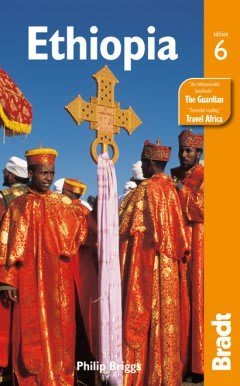What to see and do
Firstly a word of caution. Addis Ababa is a large city, its streets are generally unsignposted, and many of its features go by more than two or even three names, with the name shown on most maps differing from the one in common use.
The area known as the Piazza lies north of the city centre. It is a busy shopping area, with many budget hotels and restaurants, especially along Adwa Avenue. About 1km west of the Piazza, the Mercato is a tight grid of streets centred around what is reputedly the largest market in Africa. Barter hard and be wary of pickpockets.
There are several interesting museums in Addis, most notably the National Museum, which is probably the best of its type anywhere in Africa, and which contains the skull of ‘Lucy’ who lived around 3.5 million years ago. Since November 2000 the Holy Trinity Cathedral, with its lavish interior, is the final resting place of Emperor Haile Selassie. At walking distance from the capital is the Washa Mikael church, a roofless rock hewn church which has been excavated entirely from below the ground, and its enclosure is reached via a short tunnel through the rock.
Addis and its environs have more than enough to keep a curious traveller going for a week, something you couldn’t say of too many African capitals.






